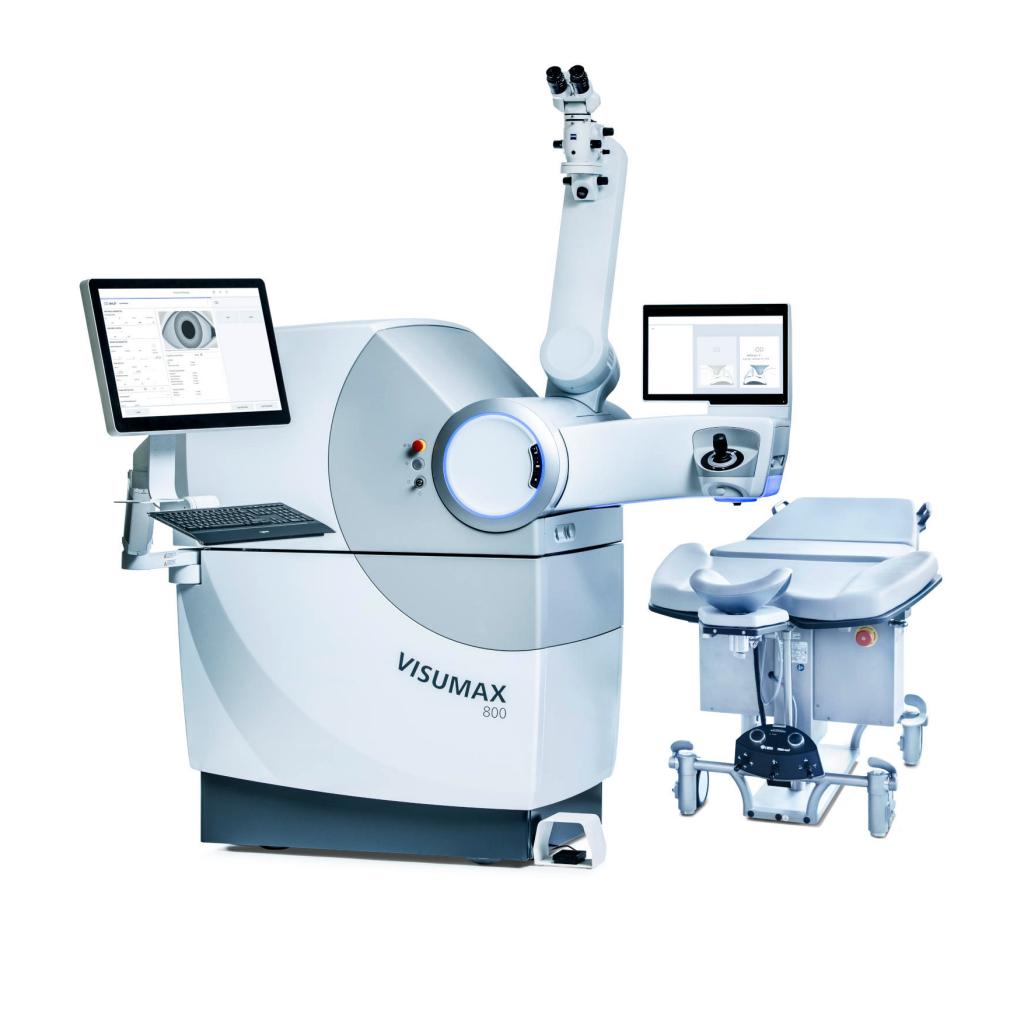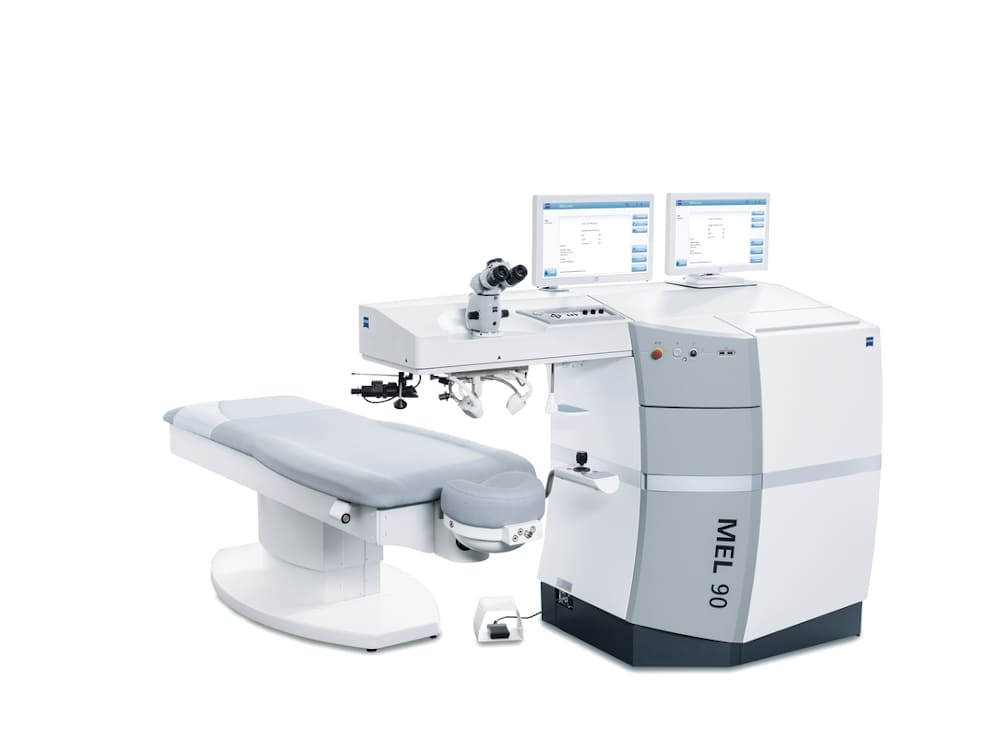
Laser In-Situ Keratomileusis, also known as LASIK, is a flap-based laser vision correction procedure. With traditional LASIK, a controlled blade (microkeratome) is used to create the flap (a kind of hinged piece of corneal tissue). The flap is then folded back to reveal the underlying corneal stroma tissue, which is reshaped using an excimer laser to rectify the refractive error.

FemtoLASIK is an advanced laser technology that corrects refractive defects without using a blade. The advanced blade-free refractive treatment performs better than microkeratome or blade LASIK. The flap is created with a fast and precise femtosecond (ultrashort pulse) laser.

Numbing eyedrops are applied to the eye. A femtosecond laser is used to make a thin and accurate flap in the cornea. This laser operates at extremely high speeds, providing greater control and accuracy than the mechanical microkeratome blade used in traditional LASIK.

After creating the flap, the patient stays in place as the laser arm is positioned for surgery. The doctor then lifts the hinged flap of the eye.

The excimer laser removes the corneal tissue point by point within a few seconds, thereby correcting the visual defect.

Afterward, the flap is returned to its original position, protecting the eye much like a natural bandage.






During FemtoLASIK, an excimer laser (ZEISS MEL 90) is used to perform stromal ablation which corrects the refractive error.
